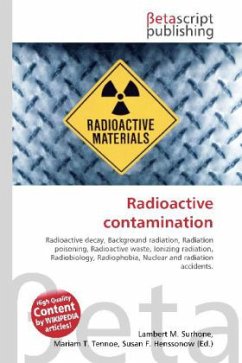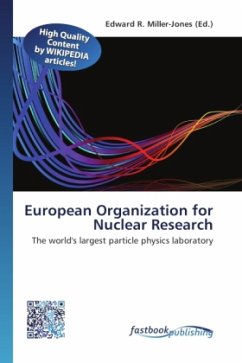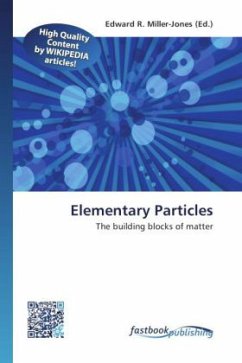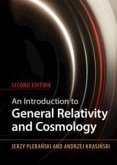Please note that the content of this book primarily consists of articles available from Wikipedia or other free sources online. Nuclear power has always been a controversial source of energy - although nuclear power plants provide carbon-free energy at reasonable prices, it has its negative side in the form of potentially huge environmental and health risks. Each reactor, on average, produces 20 tonnes of spent nuclear fuel, which is classified as a high-level radioactive waste. This waste is highly toxic and dangerous to life forms and must be stored in special storage facilities, where it will remain hazardous for hundreds of thousands of years. Additionally nuclear power plants produce large amounts of low-level radioactive waste - items that have come in contact with radioactive materials, such as personal protective clothing, tools, plant hardware, and wastes from reactor coolant water systems. Learn more about the byproducts of the atomic age, the hazards they present to the environment and the methods used to dispose of them in the following pages.







